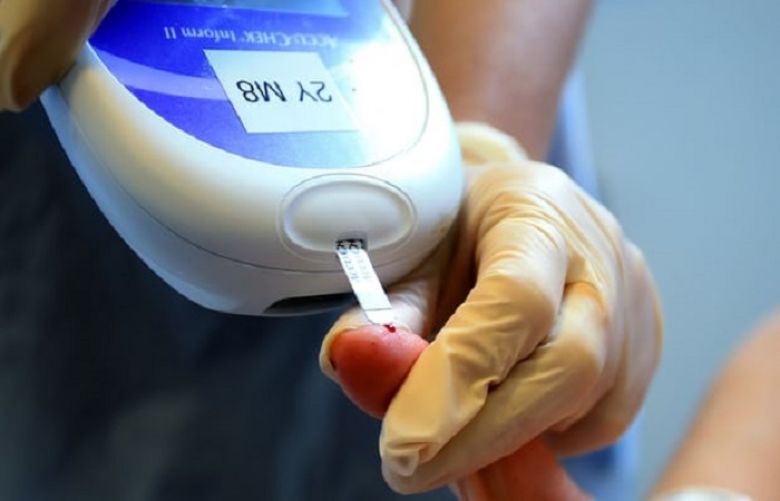Doctors are wrong to assume that type 1 diabetes mainly affects children, according to a new study that shows it is equally prevalent in adults.
The findings, published in the journal Lancet Diabetes & Endocrinology, overturn previous thinking that the form of diabetes, an auto-immune condition, is primarily a childhood illness. Scientists from Exeter University found that in a lot of cases it was actually misdiagnosed among adults.
“Diabetes textbooks for doctors say that type 1 diabetes is a childhood illness. But our study shows that it is prevalent throughout life. The assumption among many doctors is that adults presenting with the symptoms of diabetes will have type 2 but this misconception can lead to misdiagnosis with potentially serious consequences,” said Dr Richard Oram, a senior lecturer at the University of Exeter and consultant physician.
The research, funded by the Wellcome Trust and Diabetes UK, was based on the UK Biobank, a resource which includes data and genetic information from 500,000 people aged between 40 and 69 from across the country. Participants provided blood, urine and saliva samples for future analysis, detailed information about themselves and agreed to have their health followed.
“The key thing we were looking for with this study was whether people presented with type 1 diabetes in adulthood and at what age this occurred. This was only possible because of the unique combination of health records and genetic data,” said Oram.
“What was really surprising in our research is that nearly 50% of type 1 diabetes cases occurred in adulthood and over 40% occurred after the age of 30 … Although type 1 occurs with the same frequency in adults and children, it can sometimes be hidden in adulthood by the sheer number of type 2 cases.”
Type 1 diabetes occurs when the pancreas produces little or no insulin, probably caused by genetic and environmental factors. It has typically been viewed as a disease of childhood and adolescence as it accounts for more than 85% of diabetes in under 20s.
Type 2 diabetes is more common and accounts for 96% of diabetes cases in adults. It is caused by a combination of the body becoming resistant to the hormone insulin, and relative deficiency in insulin, leading to high blood sugar. A combination of genetics and lifestyle factors can cause type 2 diabetes.
About 90% of the 3.7 million diabetics in the UK have type 2, which is closely associated with obesity, while the other 10% have type 1, according to Diabetes UK.
Distinguishing between the two types will determine a course of treatment. Type 1 diabetics need to be injected with insulin to control blood sugar levels. With Type 2 diabetes there is still insulin produced, so it can be treated initially with diet and tablet therapy.
The researchers say it is crucial that type 1 is diagnosed and treated correctly, as it can be life threatening. They found that one in nine of the adult onset type 1 diabetes had been admitted to hospital with diabetic ketoacidosis, a potentially fatal condition that can develop when people with type 1 diabetes are not given insulin or when they are unwell for other reasons.
Prof Andrew Hattersley, professor of molecular medicine at the University of Exeter, said: “Type 1 diabetes is often mistaken for type 2 in adults. The diagnosis of type 1 diabetes in middle and old age is very difficult … Failure to recognise [it] … and give appropriate insulin treatment can be dangerous. Type 1 diabetes should be considered for any patient who is rapidly failing to respond to increasing doses of tablets, especially if they are slim.”
The report notes that among those to be misdiagnosed is prime minister Theresa May, who developed type 1 diabetes in her 50s. The condition was first misdiagnosed as being type 2 and she was given tablets which did not control her blood sugar.
Dr Emily Burns of Diabetes UK said: “With increasing age, type 2 diabetes becomes more common, making type 1 diabetes less easy to identify. While more research is needed to understand the realities of misdiagnosis, we’d ask healthcare professionals to have this insight in mind: don’t rule out type 1 diabetes after the age of 30.”

